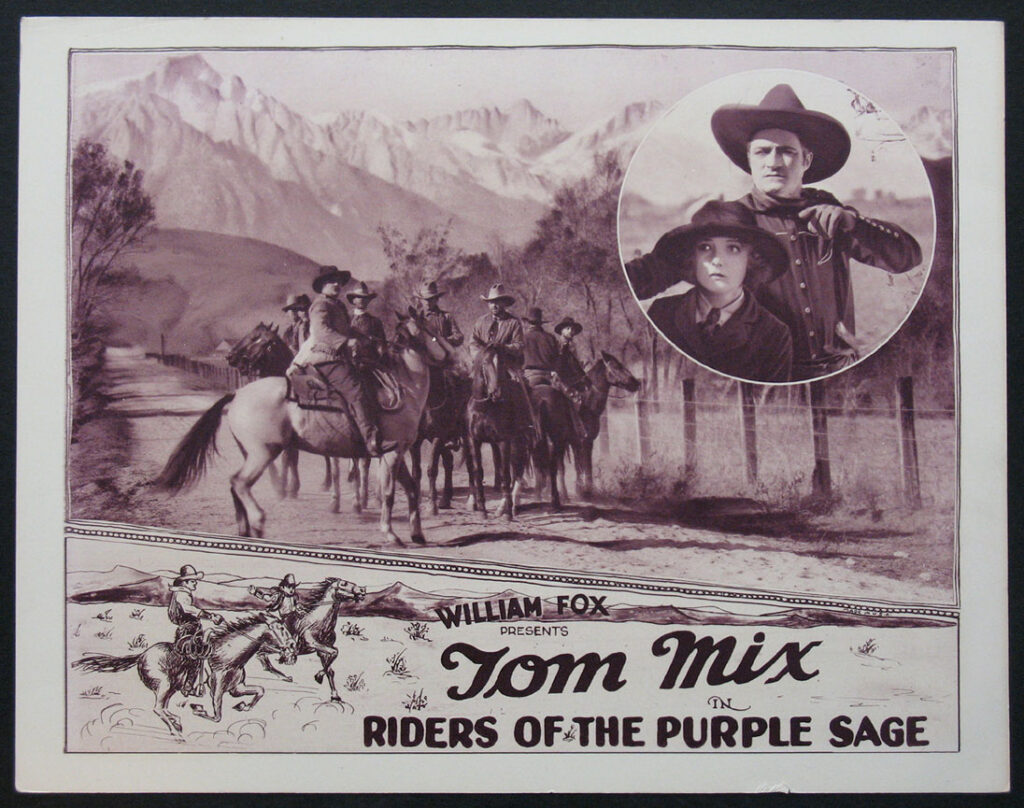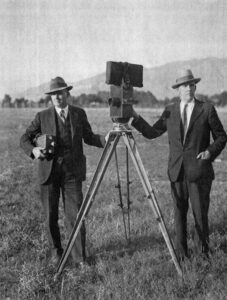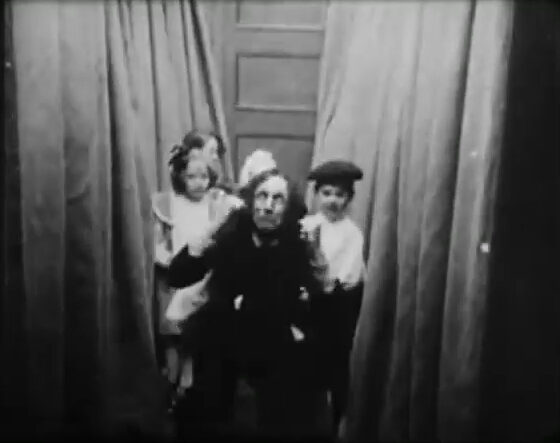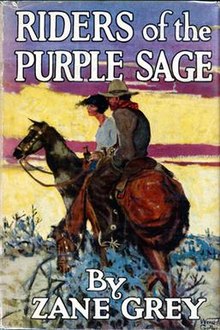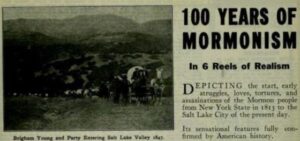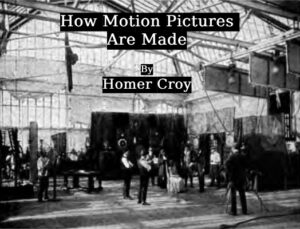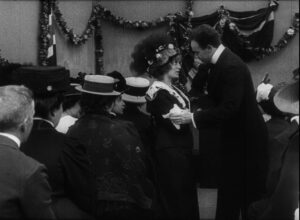
On December 28, 1895, the inventors and photographers Louis and Auguste Lumiere ushered in the now ubiquitous art of projected film to a small, paying audience in the basement of the Grand Café in Lyons, France. One week later and an ocean away, President Grover Cleveland officially welcomed Utah as the 45th state of the United States of America on January 4, 1896. At the time, these events seemed to be completely unrelated; yet, in the past 125 years, Utah and film’s paths have become increasingly intertwined.
Utah first entered the orbit of the motion pictures in the early 1910s as American filmmakers left the crowded streets of New York for Southern California’s sunny weather and diverse landscapes. Before hoards of established and aspiring filmmakers and actors passed through the state on the continental railroad to reach Hollywood, Utah had typically been portrayed onscreen alongside sensationalized tales of Mormons. As Hollywood grew to become the international center of filmmaking in the silent era, several Utahns made the trek west to become huge stars and respected filmmakers from Chaplin’s frequent collaborator Mack “Moroni” Swain, to matinee idol John Gilbert, to director Frank Borzage.
Tom Mix was one of the first and biggest Hollywood actors to shoot on location in Utah.
Silent Hollywood filmmakers from James Cruze to Tom Mix returned the favor, increasingly using Utah’s scenic backdrops in the 1920s to shoot their westerns on location. Throughout the classic Hollywood studio era, Utah’s rich landscape was repeatedly showcased in some of the world’s most iconic films, from The Searchers to Butch Cassidy and the Sundance Kid. Today, Utah continues to capture the imagination of Hollywood filmmakers while providing a home for a sizeable independent filmmaking industry and burgeoning film culture.
To celebrate Utah’s role in film history over the past 125 years, I’ve been writing about the state’s relationship to film through brief histories of the era and reviewing several films depicting Utahns, set or filmed in Utah, or featuring Utahn actors and filmmakers. Not only do these articles and reviews explore Utah history but they also provide a unique lens to examine classic filmmaking in Hollywood. Check back here every couple of months as I add more and more reviews and articles:
Historical Overviews
Shirley and Chester Clawson, prominent filmmakers in Utah during the silent era
Part One: The Mormon Exploitation Film (Beginnings-1922)
From Denmark to England, to the United States, the earliest depictions of Utah focus on campy fantastic Mormon polygamists and damsels in distress.
Part Two: Early Utah Independent Filmmaking (1908-1940)
From the Nickelodeon days to the first years of sound, local Utahns try their hand with some success at creating their own independent film industry.
Part Three: Utahns in Classic Hollywood
From silent matinee idols to expressive auteurs, Utah boats well-known talent from classic Hollywood’s golden years.
Part Four: Mormons in Classic Hollywood Films (1940-1968)
In a shift away from the leering polygamists, Mormons become a tool for filmmakers to examine various ideals, morals, and myths of American culture during the years of the Production Code.
COMING SOON Part Five: Hollywood Comes to Utah (1920-1968)
Hollywood uses Utah’s unique natural beauty as the backdrop to some of the biggest successes of Hollywood.
Film Reviews
A polygamist deals with his many children in 1905’s A Trip to Salt Lake City
A Trip to Salt Lake City (1905)
The first surviving depiction of the Mormons, this Nickelodeon comedy chronicles a beleaguered polygamist struggling to take care of his many wives and children.
Brigham Young: Frontiersman (1940) – Hollywood’s Mormon Epic
A deep dive into the biggest Mormon production undertaken in Hollywood history.
Vincent Price in Brigham Young (1940)
Vincent Price plays a small but significant role as Mormonism’s founder Joseph Smith in the 1940 epic Brigham Young.
Book Reviews
Zane Grey’s most popular Western featured Mormon antagonists
James D’Arc’s When Hollywood Came to Utah
An exhaustive history of the numerous films shot in Utah over the last century. Check out the book’s complete filmography of films shot in Utah from 1913 to 2018.
Zane Grey’s Riders of the Purple Sage
One of Grey’s most well-known works, Riders of the Purple Sage wraps up Mormons and the Old West together in a gripping tale.
Zane Grey’s Heritage of the Desert
Grey’s first Western novel, Heritage of the Desert portrays Mormons in a positive light and is largely influenced by his interaction with Mormons he meets during his travels in northern Arizona.
